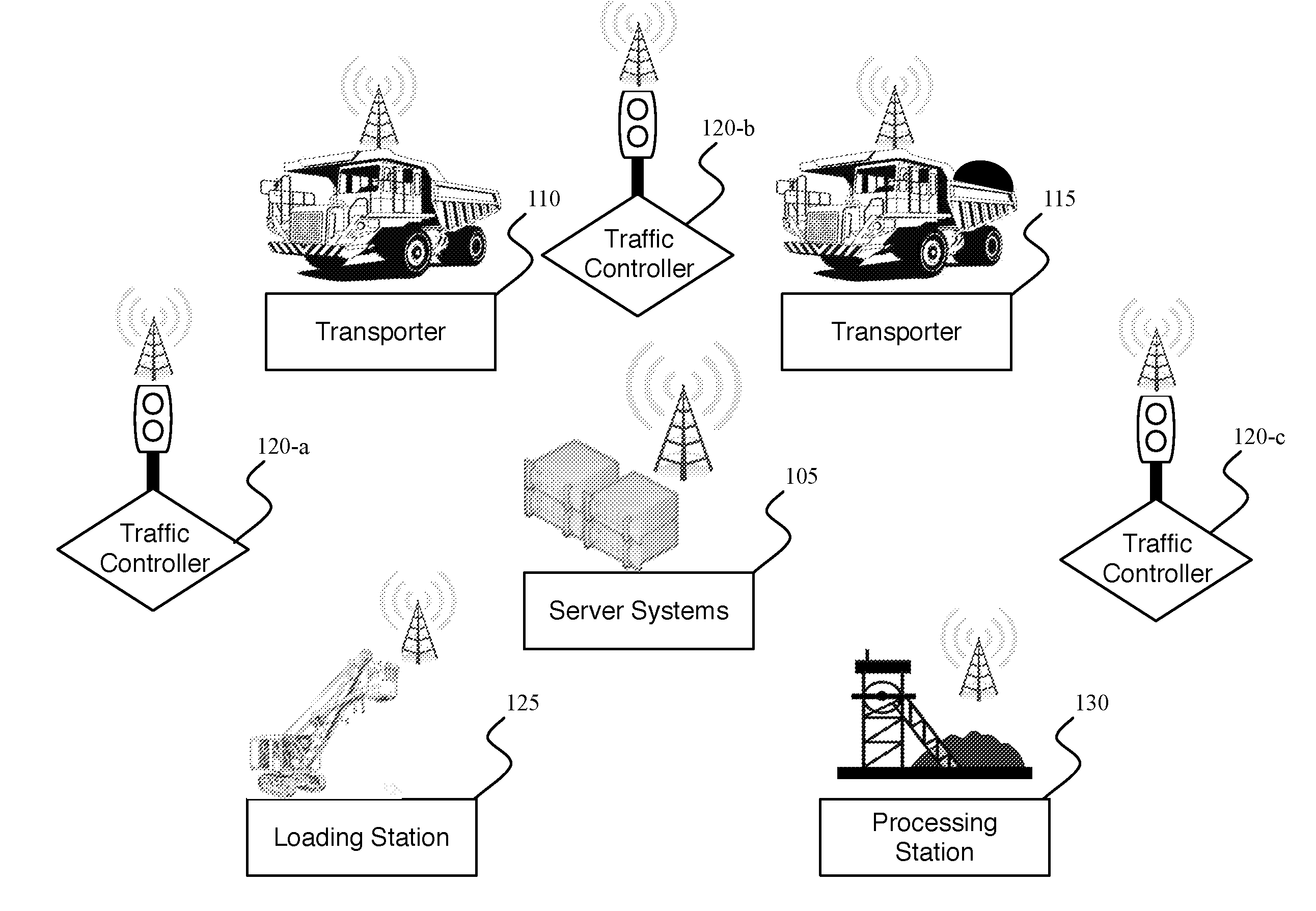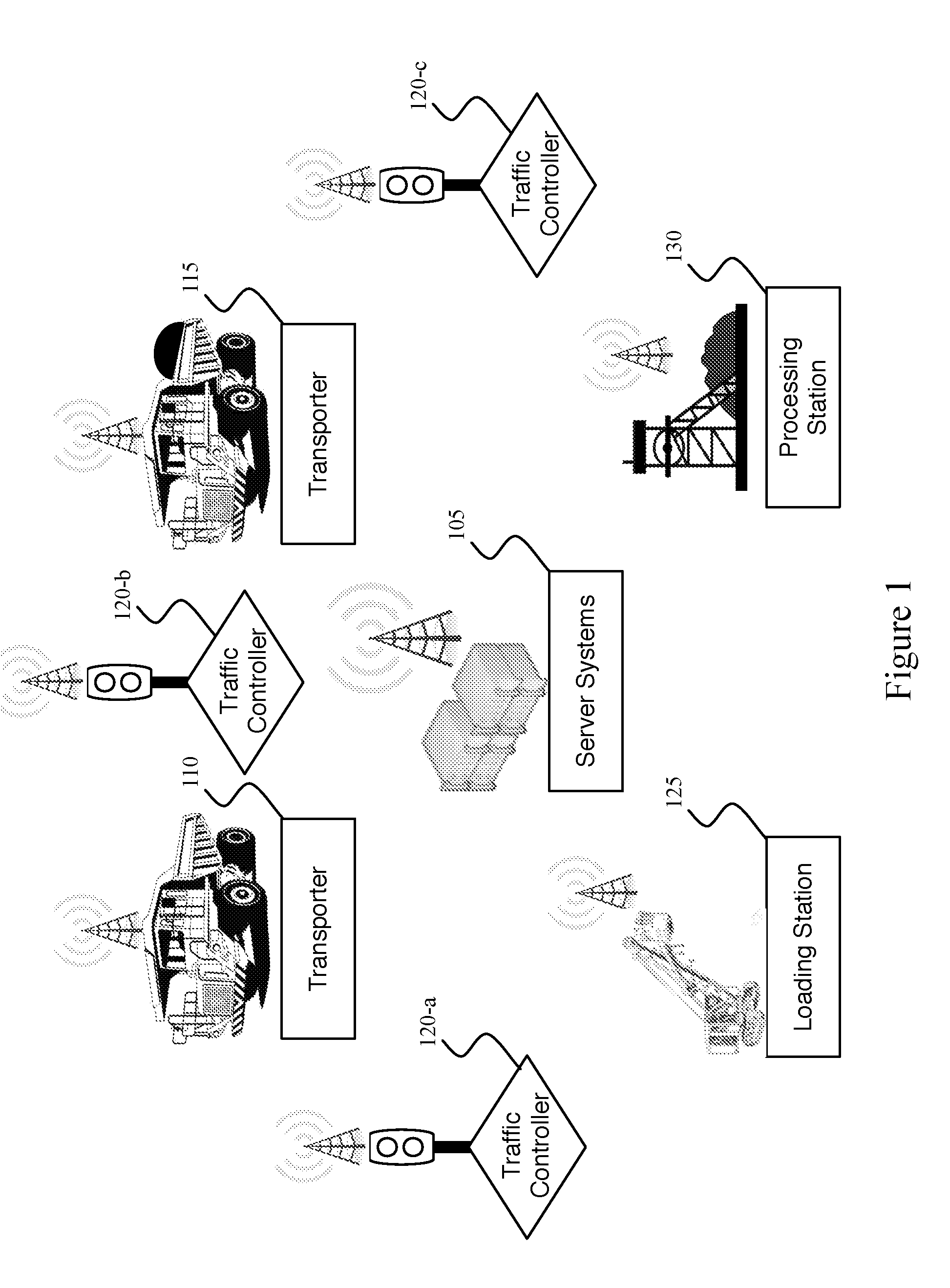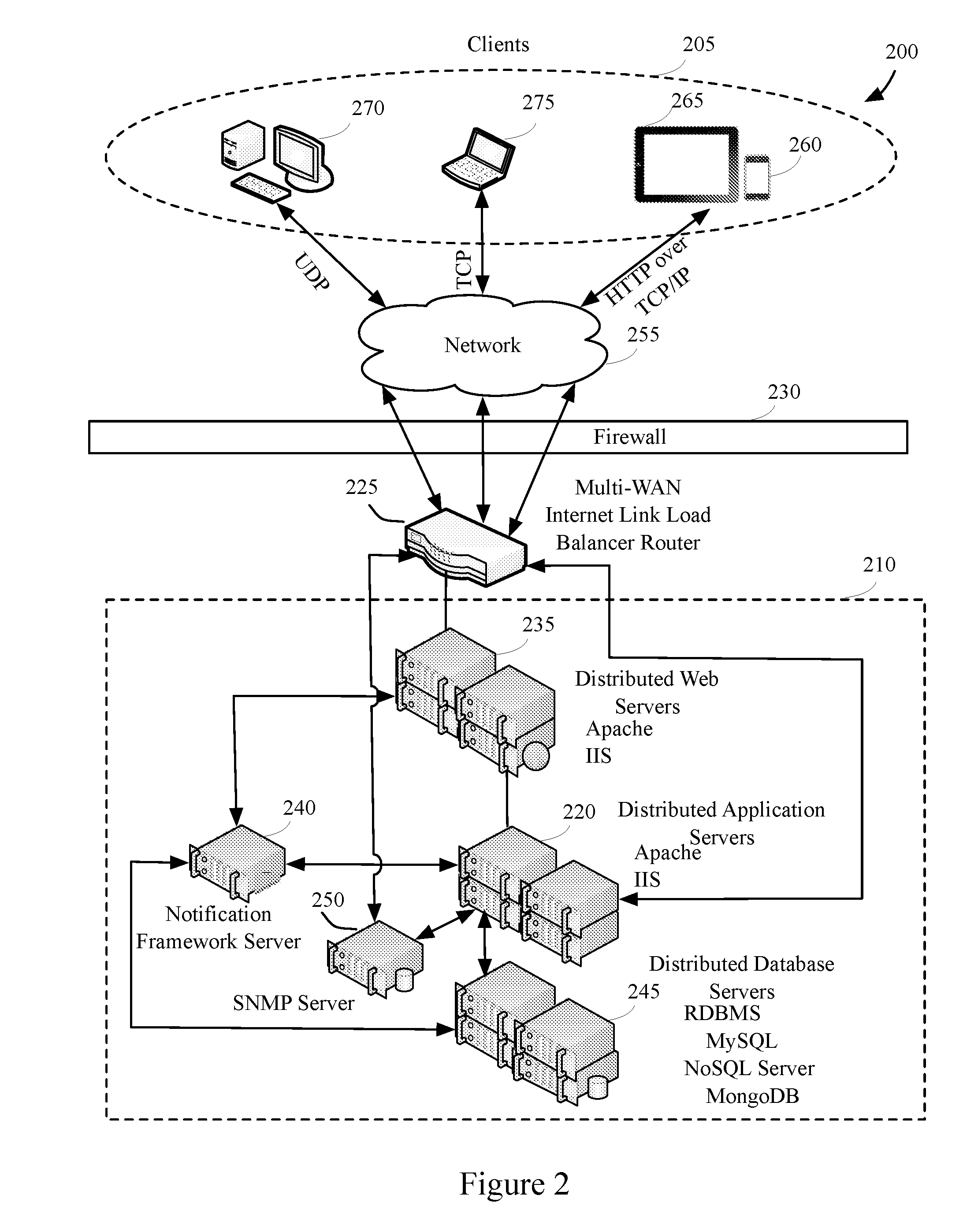Traffic control system and method of use
a traffic control system and traffic control technology, applied in the direction of road vehicle traffic control, traffic signal control, controlling traffic signals, etc., can solve the problems of limited effectiveness of increasing traffic flow efficiency, insufficient sophistication of existing technologies to accommodate dynamic and contextually-specific purposes of particular areas or trafficways, and general inefficiency of traffic backups and general inefficiency, so as to reduce or eliminate errors, risk, and intelligence limitations
- Summary
- Abstract
- Description
- Claims
- Application Information
AI Technical Summary
Benefits of technology
Problems solved by technology
Method used
Image
Examples
Embodiment Construction
[0015]The applicants believe that they have discovered solutions to at least some of the issues and problems such as those noted above for prior systems such as the '984 system discussed previously. The applicants have invented a traffic control system that can include, at least in part, centralized traffic flow control mechanisms, such as a centralized detection engine, preference ranking engine, decision engine, and boundary engine that, in combination in whole or in part, can control traffic signaling states across one or more intersection or trafficways at a site. Centralization of ranking and preemption determinations can reduce or eliminate the error, risk, and intelligence limitations associated with request-based systems, such as the TSP request-based system described in the '984 patent.
[0016]In some implementations, the system determines if a particular type of vehicle, such as a very large truck, has arrived at a distance from an intersection. Upon determining that the veh...
PUM
 Login to View More
Login to View More Abstract
Description
Claims
Application Information
 Login to View More
Login to View More - R&D
- Intellectual Property
- Life Sciences
- Materials
- Tech Scout
- Unparalleled Data Quality
- Higher Quality Content
- 60% Fewer Hallucinations
Browse by: Latest US Patents, China's latest patents, Technical Efficacy Thesaurus, Application Domain, Technology Topic, Popular Technical Reports.
© 2025 PatSnap. All rights reserved.Legal|Privacy policy|Modern Slavery Act Transparency Statement|Sitemap|About US| Contact US: help@patsnap.com



